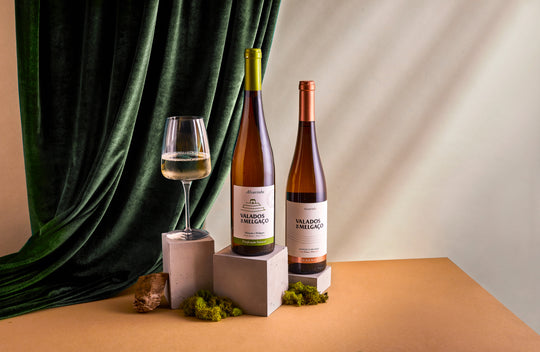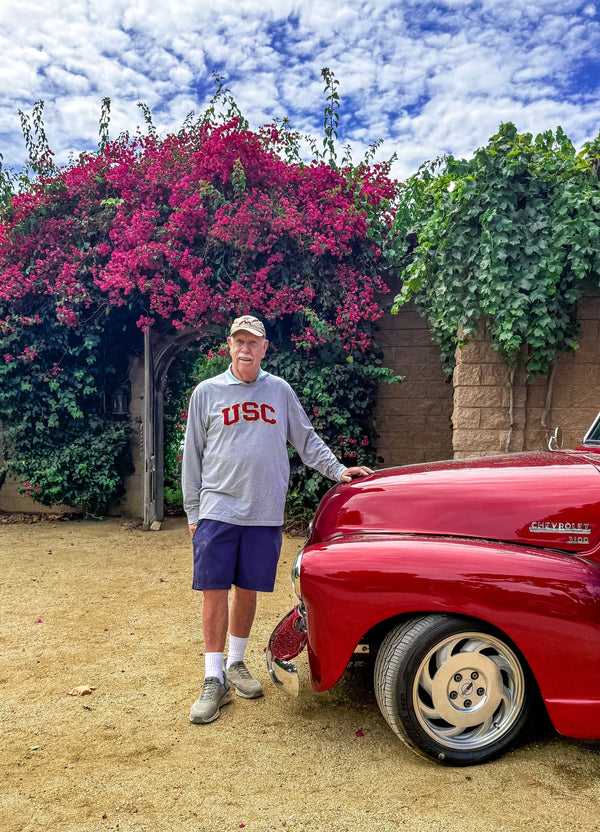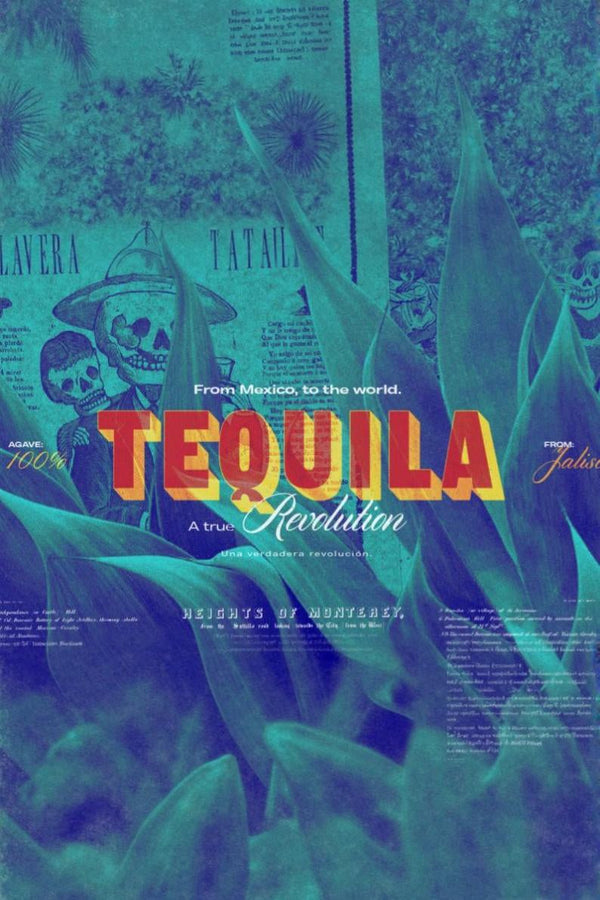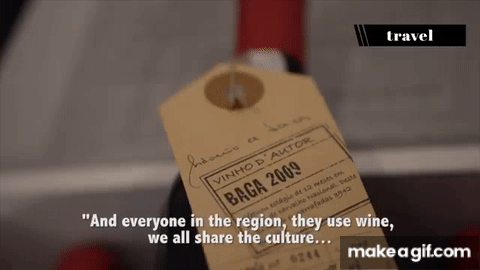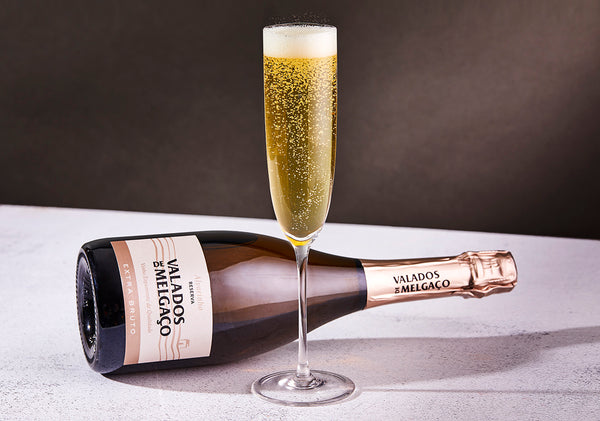Finding Red Fruits in Wine; What to look for

When you are first starting out, finding red fruit flavors in wine is confusing. For the practiced wine
taster, it is a cinch. It may be difficult to recognize fruit flavors at first, but some gentle suggestions
can often do the trick.
This quick guide may help you identify various red fruits in wine. It may even help you choose your
next wine based on these flavors. We’ve compiled a short list of red wines and the red fruit
descriptors often associated with each.
Aglianico – Black currant and blackberry. Aglianico is an ancient grape that has evolved to have more
pronounced fruit otes over time.
Barbera – Cherry and raspberry jam. Barbera is an Italian wine low in acid but high in tannins. These
deeper red fruits play on the tongue.
Bonarda – Hints of blackberry. The red fruits in Bonarda are subtle, and may not jump out at first.
Bonarda is also called Charbono or Douce Noir.
Cabernet Franc – Black cherry jam. A true black grape variety, Cabernet Franc features lighter notes
than the more popular Cabernet Sauvignon.
Cabernet Sauvignon – Plum, blackberry, raspberry, and black currant. One of the most known and
easily noticeable red wines, Cabernet Sauvignon is rich with red fruit notes.
Carignan – Cherry and raspberry. Carigan is a high yield Western Mediterranean grape that typically
has more subtle flavor notes.
Carménère – Notes of Cherry. Carménère is actually one of the original six grapes from Bordeaux.
It may be no wonder, then, to find cherry notes hiding in its depths.
Corvina – Cherry or strawberry notes. Corvina is an Italian tends to be low in tannins and high in
acidity, so the brighter cherry or strawberry hints pop out.
Dolcetto – Blackberry. Dolcetto is a black grape from Italy, and wines made from the grape tend to be
dry with more crisp fruit notes.
Gamay – Tart cherry and raspberry notes. Gamay is an abundant wine from the old world with a nice
purple color.
Grenache – Strawberry, raspberry, and more mature jam. Grenache is a late ripener; and some say it
can be a bit spicy. Still, it is one of the most widely planted varieties.
Lambrusco – Raspberry or strawberry. Lambrusco by itself is often dry and has fruity notes. It is often
mixed with different wines to offer a more complete wine.
Malbec – Sugar plum and blueberry. Malbec is a thin-skinned purple grape that boasts these deeper
notes in each sip.
Merlot – Rich plum, mature jam, and black cherries. Another easily-recognized name, Merlot is an
early ripener that tends to be favored by people who like a softer wine.
Montepulciano – Black cherry. Found mostly in the center or south of Italy, Montepulciano is often
dry and has soft tannins.
Mouvedre – Blackberry, plum, and blueberry. With these notes, and its typical high tannin and
alcohol content, its no wonder Mouvedre grapes are often used to make port and other fortified
wines.
Nebbiolo – strawberry, raspberry, and tart cherry. A young Nebbiolo may have a more tar or rose
flavor to it. As they age, however, their distinct color comes out and numerous berry flavors can be
found.
Nero and Avola – Blackberry, black currant, and plum. A Sicilian staple, Nero & Avola is a gift of sweet
layers of tannins and peppery black fruits.
Petite Sirah – Plum, blueberry, and blackberry. Properly called Durif outside of the U.S., Petite Sirah
often creates a relatively acidic wine with an herbaceous layer in between the fruits.
Petite Verdot – Blueberry and rich plum. A late ripener that has become a favorite of the New World,
Petite Verdot is found on its own or used in addition to other wines to give the palate a bit of a boost.
Pinot Noir – Cherry, raspberry, and bitter cranberry. Pinot Noir can be tricky, but when done
right, these wines have a splendid medium body with fruity notes.
Primitivo – Strawberry and mature raspberries. More commonly known as Zinfandel, this black
skinned grape makes a bold red wine. Its high sugar content often translates to a high alcohol content
as well.
Sangiovese – Berry jam, strawberries and cherries. A young Sangiovese may be more rich in berries.
As it ages, this can become deeper and complex tar or oak notes come forth.
St. Laurent – Raspberry, cherry, and cranberry in their depths. Popular in the Czech Republic and
Austria, St. Laurent is a dark-skinned grape that often has a strong aroma.
Syrah/Shiraz – Blackberries and blueberries. Syrah tends to take the shape of the region it is grown
in. Flavors, tannins, and body may all change depending on the origin. Explore them all!
Tempranillo – Cherry, raspberry, plum, and strawberry. Tempranillo grapes most commonly make a
full-bodied red in Spain. The grape itself is rather neutral, and it is common to find it in blends to
Unlock its potential.
Touriga Nacional – Blackberry and black currant are most common. The grape makes a wine with a
good body and high tannins. Black fruit flavors here are deep and rich.
Zweigelt – Cherry and raspberry. Created in 1922, Zweigelt is a cross between St. Laurent and
Blaufränkisch. The grape produces mellow, “everyday” wines popular in Austria.
Look out for these flavors in your next bottle. It’s important to go into each sip with an open palate,
trying to use words and taste memories to connect what you know with what you are experiencing.
With that, and a bit of practice naturally, you’ll be identifying new red fruit flavors in every wine you
come across.

